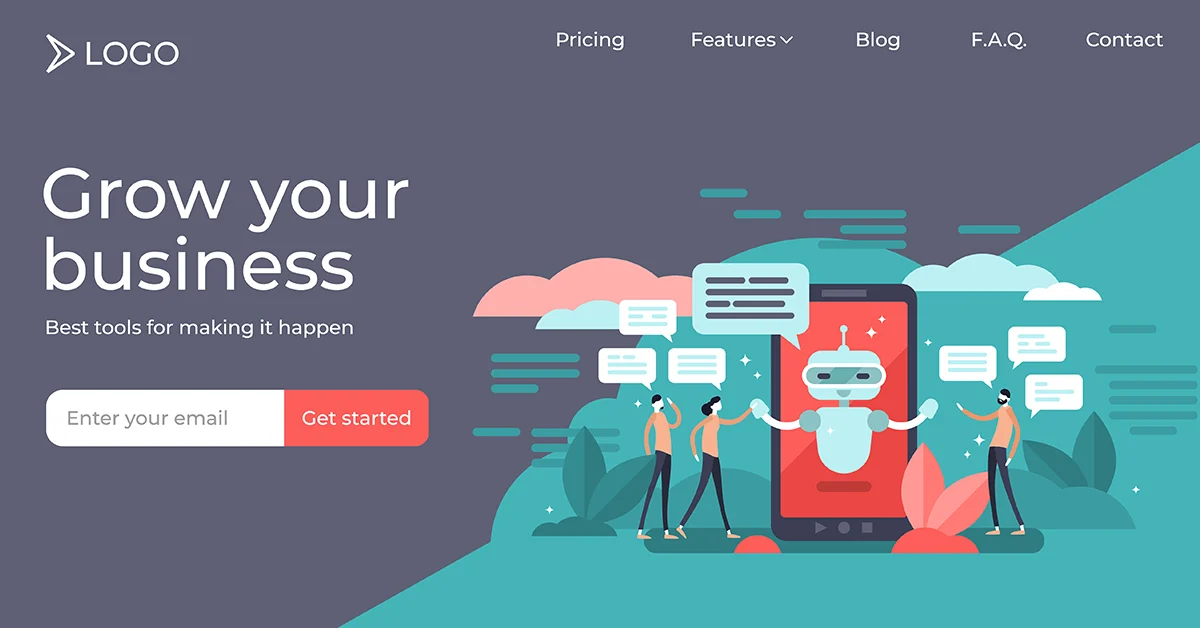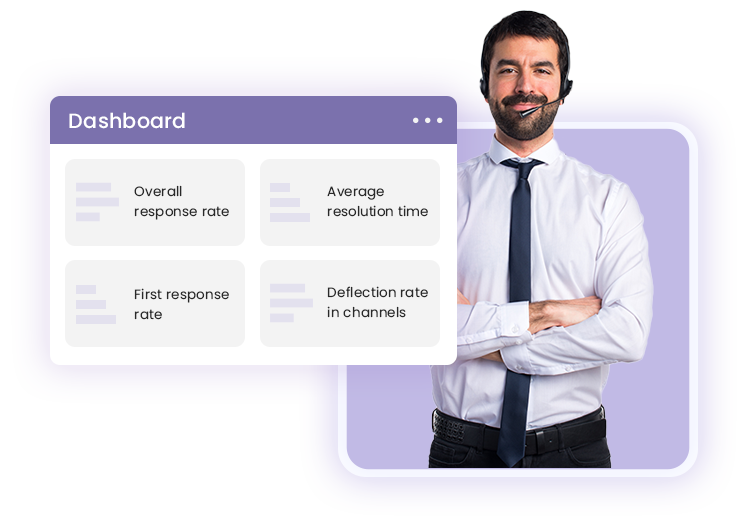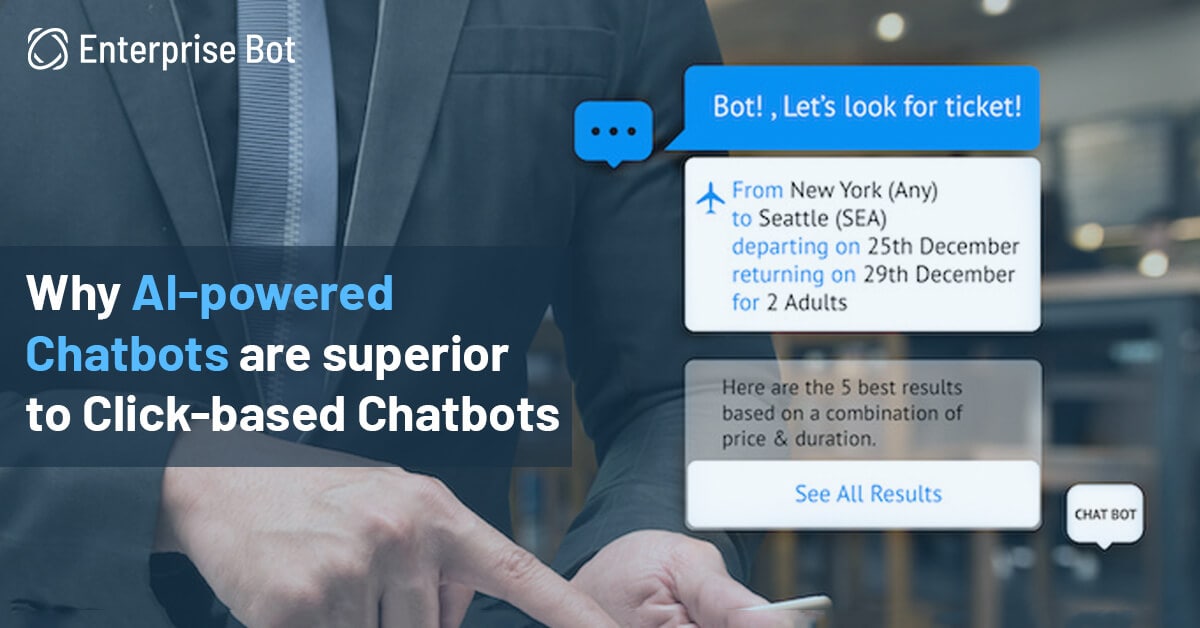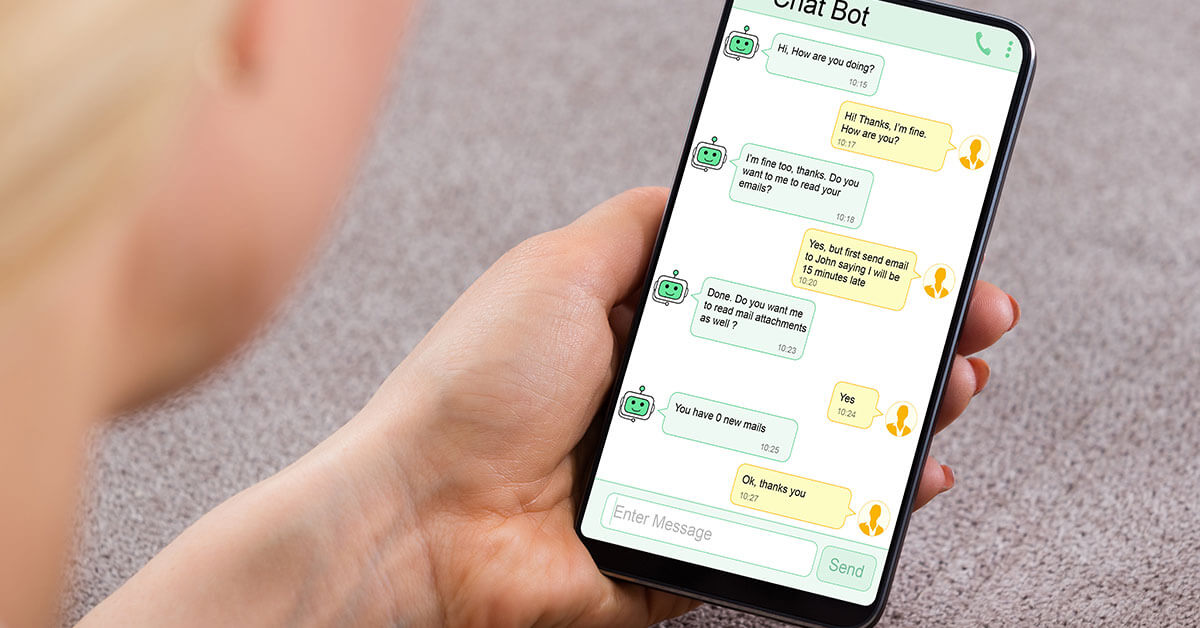A Simple Guide To Understanding Chatbot Terminology

If you are interested in learning more about chatbot technology, you may find yourself constantly searching for the meaning of every terminology discussed by the developer about chatbots. Chatbot terminologies are often complicated for the average person who has little understanding of programming languages and you may find yourself having difficulty understanding these terminologies. This guide is a list of the various chatbot terminology and will help you understand the commonly used terms and phrases.
Conversational UI
Conversational UI is a verbal or written user interface that models human speech. Different types of chatbots use a combination of graphical UI and conversational UI to function.
Natural Language Processing (NLP)
Natural language processing is a branch of artificial intelligence that enables computers to process, understand, read and make sense of the human language. Through natural language programming, chatbots can understand the context and meaning of different messages in a conversation and form the appropriate response. This is despite the grammatical or spelling errors made by the user. Natural language processing is also responsible for powering apps such as Grammarly and Google Translate.
Machine Learning
Machine learning is a branch of artificial intelligence that allows chatbots to learn from past conversations through identifying patterns in human language. Properly programmed AI chatbots can therefore improve over time through machine learning without the help of a human.
Application Programming Interface (API)
API is a toolset that enables apps to communicate with other services and allows developers to integrate new services, functions and applications into existing software.
Artificial Intelligence (AI)
Artificial intelligence involves numerous branches of computer science which involves the simulation of human intelligence processes by machines. Artificial intelligence allows chatbots to perform tasks that require human intelligence, such as decision making, language translation, and speech recognition.
Semantic Annotation
Semantic annotation refers to the process of annotating different thesis within a text to a chatbot. The chatbot can draw upon these annotations to come up with effective responses through the grouping of new user inputs.
Intent Recognition
Intent recognition and intent detection allow chatbots to process and understand information related to a user’s intent. By using entities to recognize a user’s intention, chatbots can understand their clarifications and give responses that are relevant and accurate. Intent recognition, therefore, allows chatbots to determine what the user wants.
Decision Trees
Decision trees refer to a diagram that shows the different decisions made and their connections to each other. It is therefore a pathway to the decisions made by a machine. In chatbots, a decision tree is a flowchart that represents how conversations occur. For the conversation to be effective, chatbots have to follow the earlier and basic steps made in decision trees. The decision trees, therefore, guide the chatbot on what to do next and which processes to undertake in the conversation.
Software Integration
Software integration refers to the process of integrating two or more applications. An example would be the integration of Chatbot with Messenger whereby Chatbot can perform all its necessary functions in Messenger and engage in conversation with users.


